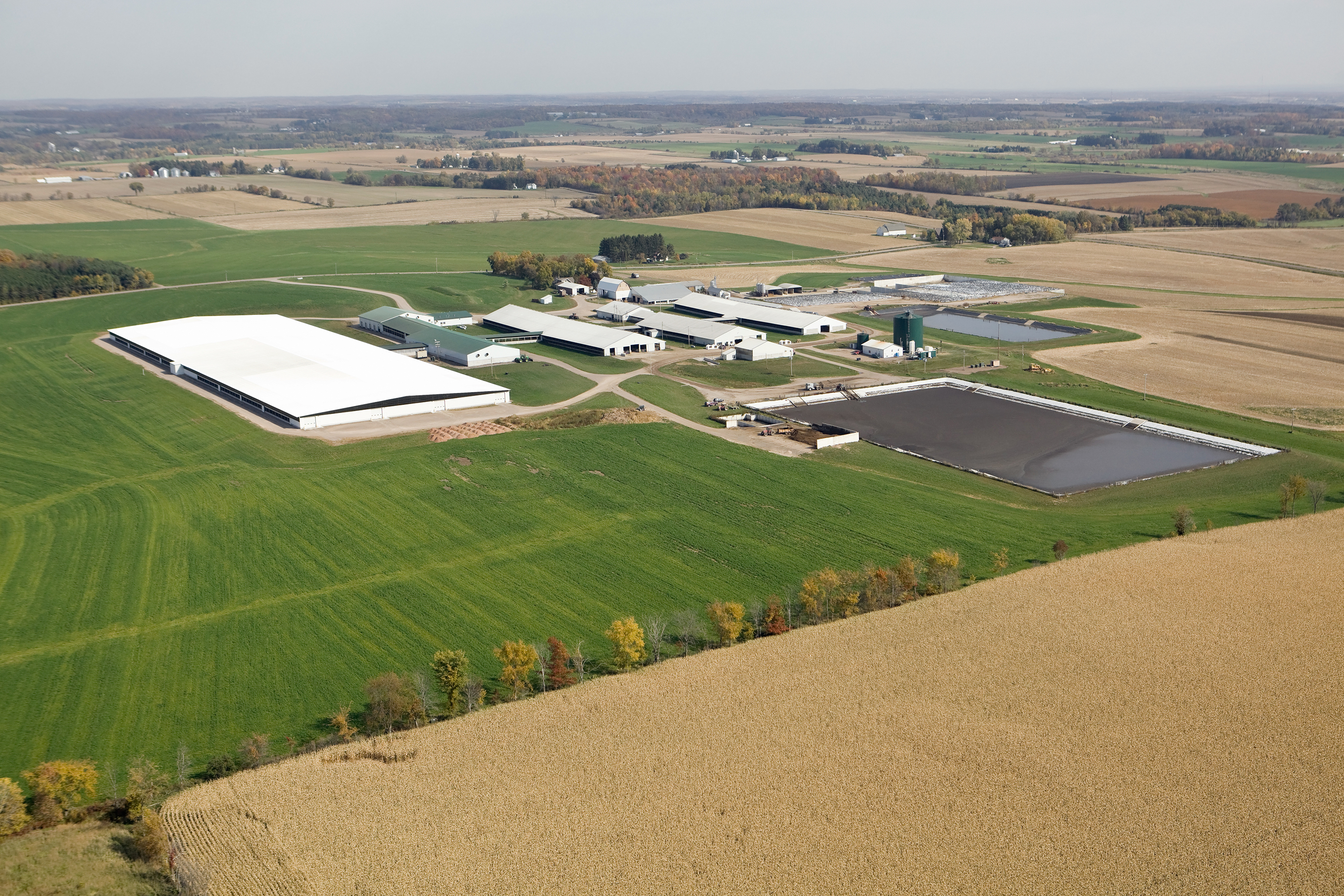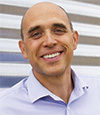Sustainability applies not only to the environment but also to sustaining future generations of farmers. It is also important to keep in mind that succession or transition planning in a strong dairy market is easier than in a tough market. Not only is there more optimism for the future and more options for growth but there is also more money to go around. Unfortunately, today, there isn’t extra money in dairy.
Sustainable family dairies are strong in three areas: family unity, family asset growth and successor capabilities. In this article, we are focusing on the asset growth component.
Family asset growth, or business viability, is sometimes at risk during transition planning. Look at any sustained family dairy business. The assets have stayed together. The business stayed viable, and the assets grew versus being depleted. Over time, the strength and size of unified family assets create a competitive advantage over the farms that fragment their assets with each generation.
I don’t believe many people set out to erode family assets, but it often happens by falling into some of these transition planning traps.
Entity creep
There are many reasons, often based on tax planning, for creating trusts, limited liability companies (LLCs), family limited liability partnerships (FLLPs) and corporations. Take a good look at whether these entities still serve the original purpose and are worth the “effort” of maintaining them. There is a cost to managing multiple entities in terms of tax returns, in-house accounting and compliance. For example, equipment entities used to shield against a large lawsuit must be managed carefully. If they aren’t documented correctly, the corporate veil could be easily pierced in a lawsuit. Compare this to a large umbrella policy coupled with an equipment training program. This is often a cheaper and safer alternative.
Estate tax planning documents are another example. Yes, it is often possible to pay no estate tax, but at what cost? Intentionally defective grantor trusts (IDGTs), limited liability partnerships (LLPs), charitable remainder unitrusts (CRUTs), charitable remainder annuity trusts (CRATs), irrevocable trusts and FLLPs are all great tools. However, someone has to manage them correctly. Each of these tools has tradeoffs in terms of their flexibility. I have used these tools in the past and will use them in the future – just as long as everyone is clear about the pros and cons before signing on the dotted line.
Inaccessible cash
Cash is king and the lubricant of your dairy – but only if you can access it. Sometimes, entities tie up cash flow and assets where it is hard to access in a pinch without paying taxes.
C corporations (C corps) are notoriously difficult to move money out of. For example, your barn and fixed assets are owned in a C corp, but your land is owned personally or by an LLC. The quarter of land comes up next door, and you want to use cash from the farm C corp. Be prepared for a large tax bill on assets you already paid tax on at the C corp level. Are all C corps or entities bad in all situations? Absolutely not, just be careful to keep your options open and your cash accessible.
Access to cash is important in transition planning because payouts and the ways of transferring ownership or paying nonfarm heirs often change. Cash gives you many more options, and it’s hard to argue against having too many options.
Fragmented assets
The dairy farm is an economic engine providing farm families with jobs, opportunities and income. Farms have become increasingly larger over the last 100 years, and this trend will most likely continue. When scaling up a dairy farm, there are often more opportunities available to a large asset base than a small one. There are efficiencies gained from scale, as fixed costs are spread over a larger farm. Given rising input costs, farms need more revenue, not less, to remain viable. Keeping the farm assets together is crucial in keeping the dairy economic engine viable. If too much money is pulled out of the farm to either pay off the retiring generation or nonfarm heirs, the dairy can be starved of capital and its ability for revenue growth. Then, the dairy will stagnate and become unable to support operations.
Another challenge is the idea of equality (not always fair and vice versa), where each heir is given an undivided portion of land or other asset. This division of assets doesn’t allow the farm to borrow against these divided assets or use them for expansion. There are ways for an equitable division of income and even controlled asset transfers without jeopardizing the ability of the dairy to grow.
No retirement plan
A stable retirement income is important to many in the senior generation. While many farmers may not “retire” in the traditional sense, no one wants to run out of money either. It is sometimes assumed the only way to ensure retirement income is asset control. However, there are many ways to provide stable retirement income without retaining control of all farm assets. Outside investments and retirement plans are an easy fix and are often overlooked. Starting young and consistently investing in a retirement plan is a great way to build wealth that doesn’t rely on the dairy to pay. It doesn’t require a great deal of capital to amass a seven-figure retirement fund, just time and consistent investment.
But what if there is no retirement fund and the owners want to retire? The first step is to create a family governance agreement on retirement income. There are many ways to accomplish this, but the key is that it is in writing and all generations agree to it. Here is an example that often creates frustration and ill will. Owners take owner draws at random times and random amounts. While it is certainly their right, it is simply too hard to plan cashflows, growth projects or simple farm maintenance projects without a clear picture of what is drawn from the business for retirement income. While there are many tools, I’ve seen good outcomes where owners give up asset control in exchange for a steady retirement income stream. This keeps the assets together, helps with estate taxes and doesn’t disrupt the business.
Sustainable family farms need family asset growth, and avoiding transition traps is vital. The transition traps detailed above are not difficult to avoid. Like all traps, the first step is knowing the trap is there. We can’t control what happens with dairy markets, input prices and labor, but we can avoid common traps in transition planning that are even more pronounced in a challenging dairy climate.
This article is provided for information purposes only. Readers should consult their own professional advisers for specific advice tailored to their needs. Information contained in this article may be subject to change without notice.






